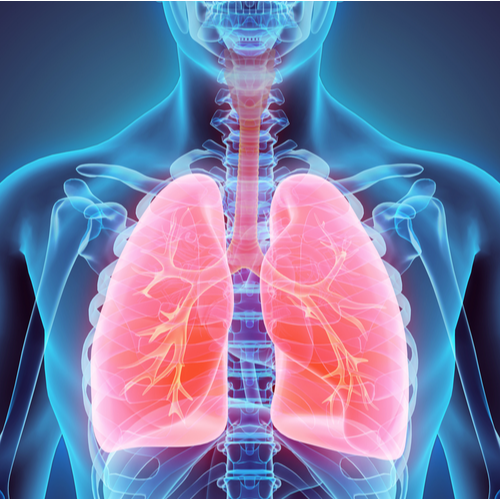We explain the causes of occupational lung disorders, the ways in which employers can reduce or avoid employees’ exposure to hazardous substances, and current health assessment restrictions during the pandemic.
Simon Jukes, our Deputy Chief Occupational Health Advisor, explains the causes of occupational lung disorders, the ways in which employers can reduce or avoid employees’ exposure to hazardous substances, and current health assessment restrictions during the pandemic.
A significant proportion of work related ill health is caused by occupational lung disorders. According to the Health & Safety Executive (HSE), they are responsible for up to 12.000 deaths each year. In addition, approximately 14,000 new cases are diagnosed annually, resulting in an estimated 568,000 working days lost each year.
Occupational exposure
Exposure to some vapours, particles or gases at work may make existing breathing disorders worse or contribute to the development of new problems. There are several well-known substances that which can contribute to breathing problems:
- Asbestos
- Fine respirable silica dust
- Solder fume
- Some types of welding fume
- Some types of two-part paint and foams
- Dust or fume containing chromium, nickel or cadmium.
When considering these types of airborne hazards, employers should follow guidance and industry best practice to control the risks that exposure may bring. Reference should be made to the hierarchy of controls, remembering that provision of Personal Protective Equipment (PPE) should be considered a control of last resort, to be used only when all other options have been considered.
Ways of preventing or avoiding exposure to hazardous substances may include:
- Removing toxic materials (or substituting less toxic ones, if possible).
- Eliminating processes which might cause exposure; or enclosing these processes, providing proper filtration and extraction as required.
- Isolating harmful processes, limiting the number of employees that may be exposed.
- Automating harmful processes, if possible. If not, limiting exposure hours by introducing shorter working periods or rotating jobs.
- Maintenance management to ensure machinery and dust control systems are working appropriately and to manufacturers’ specifications.
- Appropriate training and management oversite to ensure that employees understand how to use equipment and controls and to ensure that once trained, they adhere to company policy and instruction.
- Provision of appropriate Respiratory Protective equipment (RPE) where the above controls cannot be implemented fully or effectively.
Assessing the risk
Control measures should be formulated as part of an overall, robust risk assessment strategy. The assessment process should identify:
- The potential hazard
- Identification of who may be harmed
- Quantify the risk and identify ways to minimise it
- A record of the findings
- A suitable review period to ensure that controls are effective.
As part of the process, employers may choose to employ an occupational hygienist to obtain environmental samples such as air or noise monitoring. This will help them to identify and quantify which potential hazards put their employees at risk.
Occupational health
Employers may also consider appointing an occupational health provider where there is a high risk of harm, or following advice from a third party. Occupational health providers deliver many services but in this instance, the two most appropriate would be:
1) Health surveillance to aid in the early identification of work related illness, allowing prompt intervention to minimise the likelihood of further harm.
2) A measurement of the effectiveness of control measures by feeding back the outcomes of specific, in this case respiratory, surveillance, in relation to employee demographics, to identify groups or poor results which may indicate a control failure.
3) During the current COVID-19 pandemic, health assessments which require procedures that produce aerosols such as peak flow testing and spirometry should be considered high risk and avoided where possible.
Under this regime, fitness is judged according to questionnaires only, providing that the current respiratory health questionnaire does not raise any concerns and previous lung function tests were normal (where available). The HSE currently allows occupational health providers to defer spirometry for up to 18 months (including any previous deferral periods).
Contact us for more information
If you want more information or advice on occupational lung disease or need to book your workers for health surveillance, contact us via email: info@mohs.co.uk or call: 0121 601 4041.


